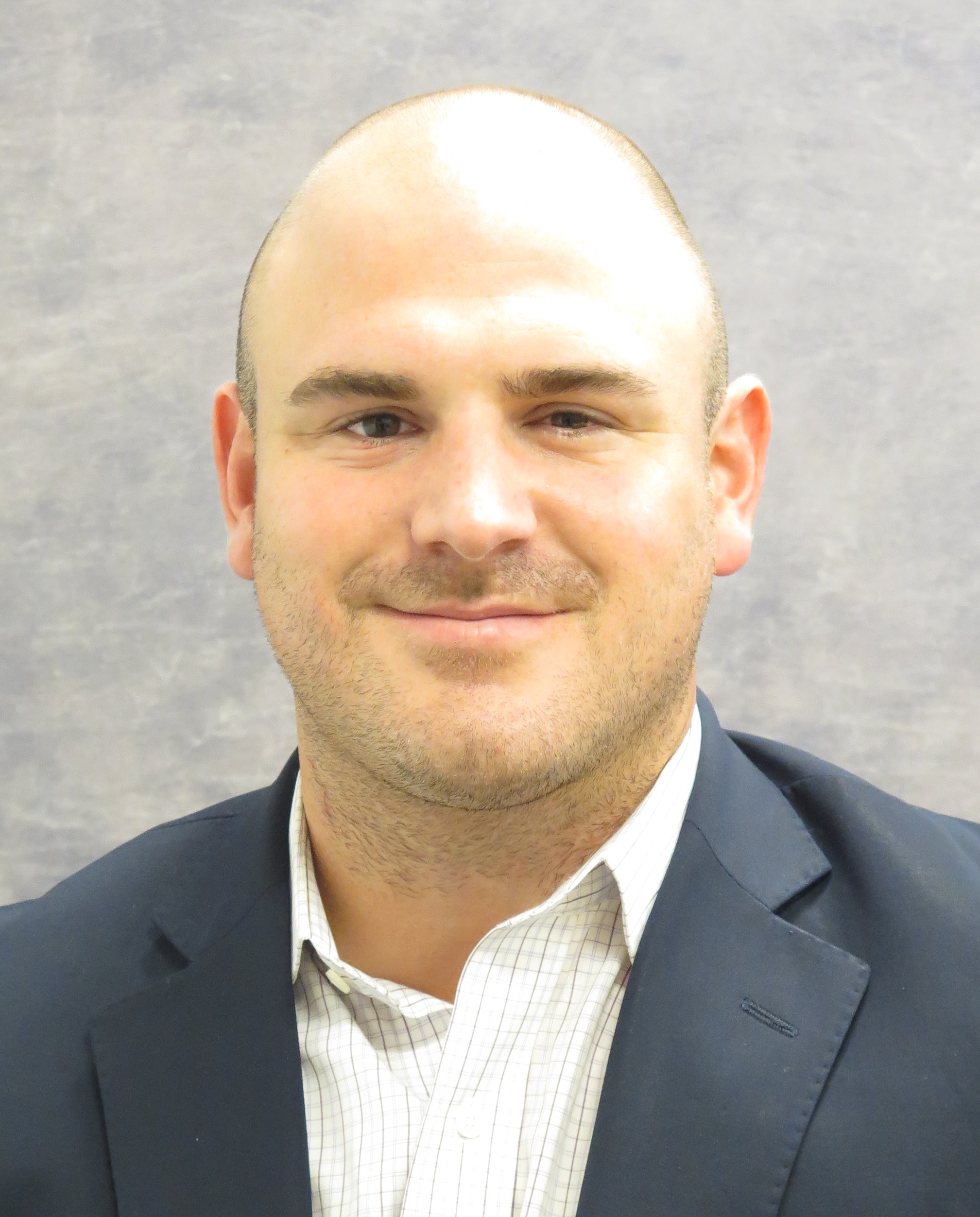The revenue integrity function operates at the core of the revenue cycle in a healthcare organization, ensuring that clinical encounters are translated into accurate reimbursement for the business. Most healthcare providers today have some type of revenue integrity team — although exactly how that function works and how it is staffed varies by organization size and scope.
Despite its critical importance in protecting a healthcare business’s bottom line and ensuring appropriate reimbursement, revenue integrity as a formal function is still a relatively new component in the overall healthcare revenue cycle. The need for healthcare systems to be more precise in their charge capture and coding practices and focus on ensuring revenue integrity has grown steadily since 2004, when the Centers for Medicare and Medicaid Services (CMS) introduced Hierarchical Condition Categories (HCCs) as part of their risk-adjusted model.
This move by the nation’s largest healthcare payer had a direct impact on reimbursement for every healthcare system in the country, raising the complexity of coding and giving rise to revenue integrity as a vital function. But the past year and a half has seen the revenue integrity team’s work rise in importance as healthcare organizations have grappled with a flurry of new codes, reimbursable services, shifts in types of services in demand, coding guidelines and new procedures and therapies stemming from the COVID-19 pandemic.
In fact, the latest Healthcare Internal Audit Plan Priorities Survey conducted by Protiviti and the Association of Healthcare Internal Auditors (AHIA) finds that billing and collection processes are a top concern for the healthcare industry. With increased emphasis on facilitating compliance and maximizing revenue, many activities, such as proper coding and billing, mitigating avoidable denials and accurately identifying over- and underpayments, have become more complex.
Revenue Easily Slips Away Without a Revenue Integrity Function
These challenges, atop a slew of existing financial and operational risks for healthcare organizations, have made the revenue integrity function even more essential. In fact, the small percentage of healthcare organizations that do not have this function are struggling with some serious issues, including net revenue leakage, delays in cash due to late changes, and unsustainable coding and billing edits.
Healthcare organizations without a revenue integrity function also often see avoidable write-offs — money a health system will never see because of payer denials — anywhere north of 2% of net revenue. Meanwhile, organizations that do have a revenue integrity function in place typically have that type of leakage under much better control — usually well below 2%.
Although there is no one-size-fits-all approach to staffing and operating a revenue integrity function, there are three key components every healthcare organization will need to consider thoroughly as they set up or fortify their existing team: people, workflow and technology. A recent Healthcare Financial Management Association (HFMA) webinar, Implement a Revenue Integrity Program to Stop Losing Revenue, explored these areas in-depth, offering healthcare organizations insight into how to build a robust and effective revenue integrity function. Here are a few key takeaways from that session:
Assemble a Deep and Diverse Bench of Talent
A well-staffed revenue integrity team includes people who can reach across the organization, communicate effectively and facilitate the changes necessary to help all departments in the revenue cycle, and even clinical services, document, code and bill accurately and as timely as possible.
An all-star revenue integrity team for a healthcare organization should include:
- Clinical (nurse) auditors
- Charge Description Masters (CDM) coordinators
- Clinical documentation specialists
- Billing and finance specialists
- Certified medical coders
- Payer and contract specialists
- Strategic and analytical experts
- Electronic medical record/IT expertise
Look to recruit professionals for the team who think analytically and strategically, as those skills are critical for spotting problems and opportunities in the overall revenue cycle.
Look for Opportunities to Add Value to Key Workflows
Revenue integrity reaches into all areas of the organization, particularly clinical revenue-generating departments. The revenue integrity function makes sure those departments are supported and held accountable to revenue cycle performance. The team also helps ensure that those various departments are aware of the regulatory and compliance guidelines for adhering to state and federal billing and coding requirements.
Among the key workflow areas in a healthcare organization where revenue integrity can deliver significant value are CDM and pricing, charge capture integrity, clinical documentation improvement, medical coding, billing compliance, and denials management.
Lately, revenue integrity teams have been on the front line in helping organizations set up and populate COVID-19 revenue reporting mechanisms. Patrick Mason, Director of Revenue Integrity at Oklahoma City-based INTEGRIS Health, and a panelist at the recent HFMA webinar, said his team reallocated a revenue integrity analyst to analyze and manually flag COVID-19 related accounts for financial and state reporting as well as account management, a process that took 10 hours a week, on average.
However, medical coding is where the work of the revenue integrity team has had an even more dramatic impact lately in many organizations. With so many COVID-19 patients facing lengthy hospital stays, payers have been adamant about receiving the full medical record before adjudicating reimbursements. At INTEGRIS Health, for example, payers are requesting full medical records for the majority of COVID-19 accounts, regardless of dollar threshold, according to Mason.
Deploy Assistive Technology Strategically
Every healthcare organization has to do more with less. But one way they can augment and streamline their revenue cycle operations, from clinical revenue-generating departments to the back office, is to deploy assistive technology strategically.
Tools and solutions to support the revenue integrity process include those for:
- Optimizing data analytics and reporting
- Understanding and validating data components for optimal use
- Ensuring consistency across reporting tools
- Establishing exception-based workflows
- Augmenting workforce by deploying robotic process automation (RPA)
- Optimizing electronic medical records (EMR) capabilities to the extent possible
Of course, working with these technologies and related processes requires specialized skills and knowledge that may not be available in-house and may be challenging to find in the current hiring environment. To gain access to in-demand skills and competencies required to round out their revenue integrity team, healthcare organizations may want to consider co-sourcing.
Many organizations rely on the co-sourcing model to overcome critical skills gaps and keep critical functions, like revenue integrity and internal audit, running optimally. INTEGRIS Health, as an example, used a co-sourcing arrangement to establish its COVID-19 reporting mechanism. “Co-sourcing … has always been a wonderful opportunity in the revenue integrity area,” said Mason, adding that tapping the specialized expertise of a third party when needed “makes solid economic sense.”
To learn more about how to staff and implement a revenue integrity program for healthcare and prevent revenue loss, view the recent HFMA webinar on-demand at: https://learn.hfma.org/courses/implement-a-revenue-integrity-program-to-stop-losing-revenue.






